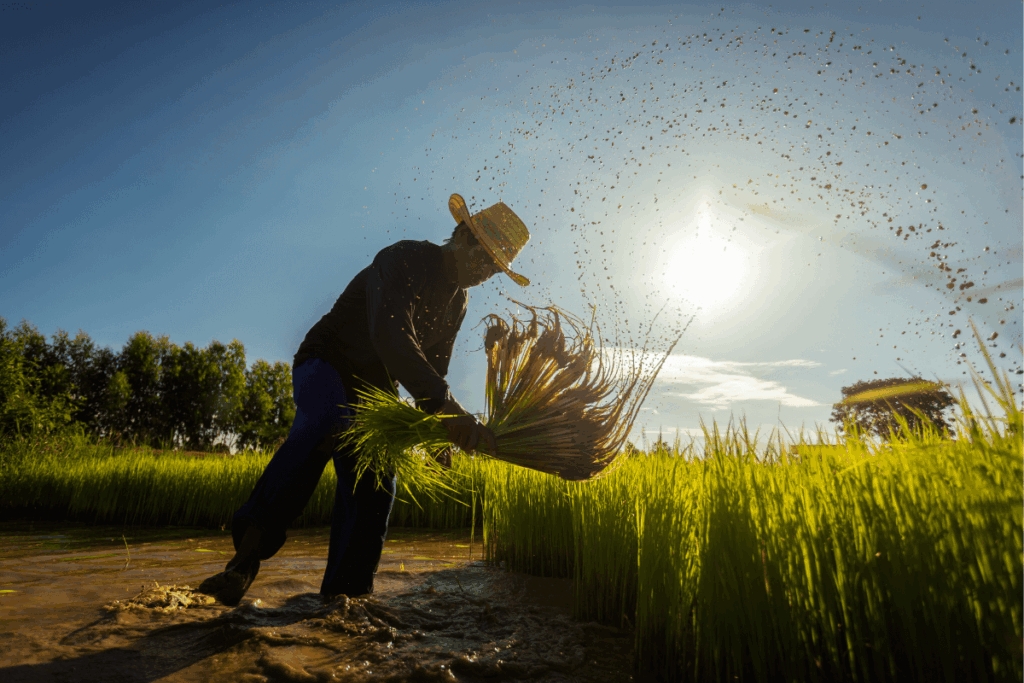
Melanoma incidence in the United States has tripled since 1975, and despite therapeutic advances, thousands are expected to die during 2025. Ultraviolet (UV) radiation remains the leading environmental risk factor, yet studies on melanoma risk among agricultural and outdoor workers show mixed results. This is mainly because of misclassification of outcomes, occupation, and exposure. Previous evidence suggests that pesticides may contribute to melanoma through DNA damage, photosensitivity, and immune suppression. Pennsylvania (PA) has substantial exposure to both carcinogenic pesticides and ultraviolet radiation (UVR). A recent study published in JCO Clinical Cancer Informatics aimed to examine the geospatial melanoma patterns and evaluate the association with agricultural practices, as well as determine the proportion of melanoma incidence attributable to these exposures.
Researchers conducted an ecological and county-level study in PA using cross-sectional secondary data. The main outcome was invasive melanoma incidence between 2017 and 2021 among adults aged ≥50 years, derived from the Pennsylvania Cancer Registry. Exposures included ambient UVR, agricultural land use, social vulnerability, and agrochemical-treated acreage. Agricultural data were collected from the Census of Agriculture and the National Land Cover Database. Social vulnerability was measured using the 2022 social vulnerability index (SVI), and UVR data were obtained from national satellite-based systems. We analyzed geospatial clustering using local indicators of spatial association (LISA) and Getis-Ord Gi, and associations were assessed through Poisson and adjacency-weighted Conway-Maxwell Poisson regression models, adjusting for UVR and SVI.
Results showed that the incidence of melanoma was found to be 60.4/100,000 adults aged ≥50 years (range = 1.69 to 109.7). Geospatial analysis revealed a significant (P <0.05) south-central high incidence cluster of 15 counties with rates 1.57 times higher compared to other PA counties. Southwestern and Northern low-incidence clusters were also identified with Getis-Ord Gi and LISA (P <0.05), showing consistent spatial patterns.
UVR was not significantly associated with melanoma incidence, while SVI consistently showed a negative association with the incidence of melanoma (incidence rate ratio [IRR] = 0.970 and 0.971). When SVI was replaced with SVI-T3, associations shifted positively, reaching significance only for herbicides (herbicide IRR = 1.081, P = 0.046). Cultivated land reported the strongest land-use association, with each 10.3% increase corresponding to a 14% rise in melanoma incidence. Total agricultural land was significant only in simpler models (IRR = 1.113, P = 0.001), and pasture/hay reported a weak inverse association (IRR = 0.918, P = 0.048). Herbicide-treated acreage was the strongest agrochemical predictor, with each 8.6% increase linked to a 13.5% higher incidence of melanoma (IRR = 1.135, P <0.001).
Stratified analyses indicated that cultivated land (IRR = 1.150, P = 0.001) and herbicide use (IRR = 1.159, P < 0.001) were significantly associated with melanoma only in non-cluster counties (n = 52), not in the south central high-incidence cluster (n = 15). Interactions were non-significant (cultivated land × cluster: IRR = 0.923, P = 0.267, and herbicide × cluster: IRR = 0.880, P = 0.077). However, cluster counties had much higher cultivated land (19.8% vs 6.9%, P <0.001) and herbicide-treated acreage (16.9% vs 6.5%, P <0.001) compared to noncluster areas, indicating substantial exposure differences.
In conclusion, this study identified a South Central PA melanoma cluster and linked higher incidence to cultivated land and herbicide use, suggesting that agricultural practices contribute to geographic disparities in melanoma risk. These findings support a One Health approach to cancer prevention, emphasizing the intersection of environmental exposure, land use, and human health.
Reference: Marks BJ, Liao J, Lam C, Moeckel C, Lengerich EJ. Harvesting risk: an ecological study of agricultural practices and patterns and melanoma incidence in Pennsylvania. JCO Clin Cancer Inform. 2025;9:e2500160. doi:10.1200/CCI-25-00160











